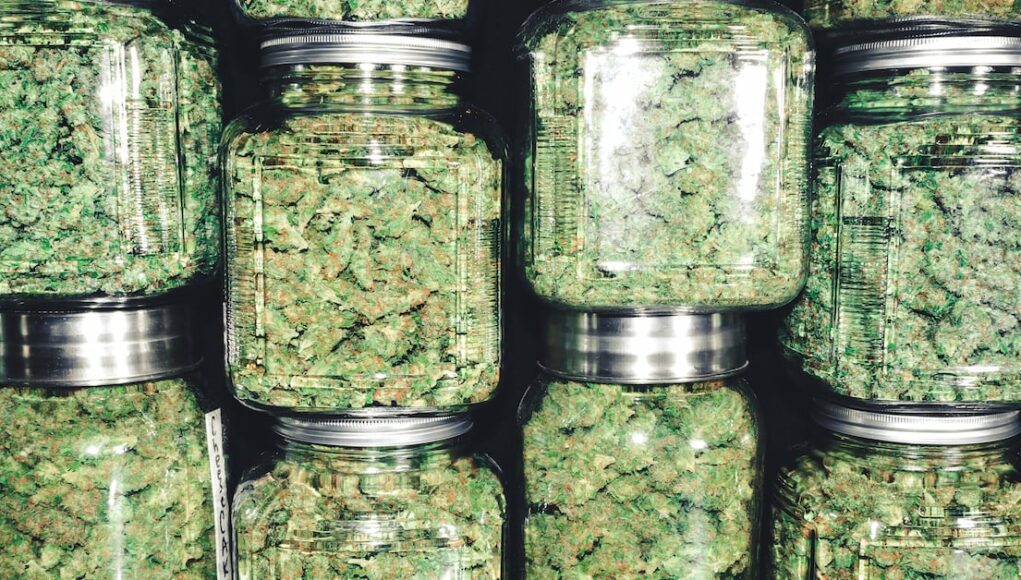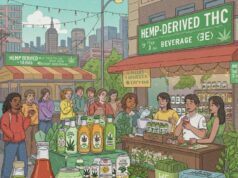Canning, once a necessity for preserving food in the absence of modern refrigeration, has evolved into a beloved hobby and culinary art form. For home economists, canning offers a unique blend of science, history, and creativity.
The Science of Canning
At its core, canning is a scientific process that involves preserving food by preventing microbial growth. The key factors in successful canning are:
- Temperature: Food must be heated to a high enough temperature to kill microorganisms.
- Acidity: Acidic foods, such as fruits and tomatoes, are less prone to botulism, a serious foodborne illness.
- Packaging: Food must be sealed in airtight containers to prevent contamination.
Home economists play a vital role in educating consumers about the science of canning. They provide guidance on proper canning techniques, the use of approved canning equipment, and the importance of following tested recipes.
The History of Canning
Canning has a rich history dating back centuries. Early methods of preserving food involved smoking, salting, and drying. The development of airtight containers in the 18th century revolutionized food preservation and paved the way for modern canning techniques.
Home economists can trace the history of canning and share this knowledge with their students and clients. This can help to appreciate the significance of canning as a cultural and culinary tradition.
The Creative Aspect of Canning
Beyond the science and history, canning offers a creative outlet for home economists and enthusiasts. The process of selecting ingredients, developing recipes, and customizing labels allows for endless possibilities.
Home economists can encourage creativity in canning by:
- Experimenting with different flavors and combinations
- Creating unique labels and designs
- Incorporating canning into other culinary activities, such as preserving homemade jams, jellies, and pickles
In conclusion, canning is a multifaceted activity that combines science, history, and creativity. Home economists can play a valuable role in educating consumers about the proper techniques, promoting the cultural significance of canning, and inspiring creativity in the kitchen.













